Earthquakes are a natural phenomenon that can wreak havoc on infrastructure, including your home’s sewer lines. In regions prone to seismic activity, such as the Pacific Northwest, protecting your sewer system is critical to avoid costly repairs and environmental hazards. This guide explores how to make your sewer lines seismic-resistant, the importance of earthquake plumbing, and actionable steps for homeowners to ensure their plumbing systems remain intact during seismic events.
Why Seismic Activity Threatens Sewer Lines
Seismic activity, such as earthquakes, causes the ground to shift, which can place immense pressure on underground infrastructure like sewer lines. These lines, often made of rigid materials like clay or cast iron, are susceptible to cracking, shifting, or breaking during an earthquake. A damaged sewer line can lead to:
- Sewage leaks: Contaminating groundwater and posing health risks.
- Blockages: Causing backups in your home’s plumbing system.
- Costly repairs: Replacing or repairing damaged lines can be expensive, especially post-earthquake when demand for services spikes.
In areas like Seattle, Bothell, and Everett, where seismic risks are higher due to proximity to fault lines, homeowners must prioritize earthquake plumbing to mitigate these risks.
Understanding Seismic-Resistant Sewer Lines
Seismic-resistant sewer lines are designed to withstand the ground movement caused by earthquakes. These systems incorporate flexible materials, reinforced joints, and strategic installation techniques to minimize damage. By investing in seismic-resistant sewer lines, homeowners can reduce the likelihood of catastrophic failures during an earthquake.
Key Features of Seismic-Resistant Sewer Lines:
- Flexible Materials: Pipes made from materials like high-density polyethylene (HDPE) or polyvinyl chloride (PVC) can bend without breaking.
- Reinforced Joints: Stronger connections between pipe segments prevent separation during ground shifts.
- Strategic Installation: Proper anchoring and alignment reduce stress on the system.
For residents in earthquake-prone areas, upgrading to seismic-resistant sewer lines is a proactive step toward protecting your property and avoiding costly sewer repair.
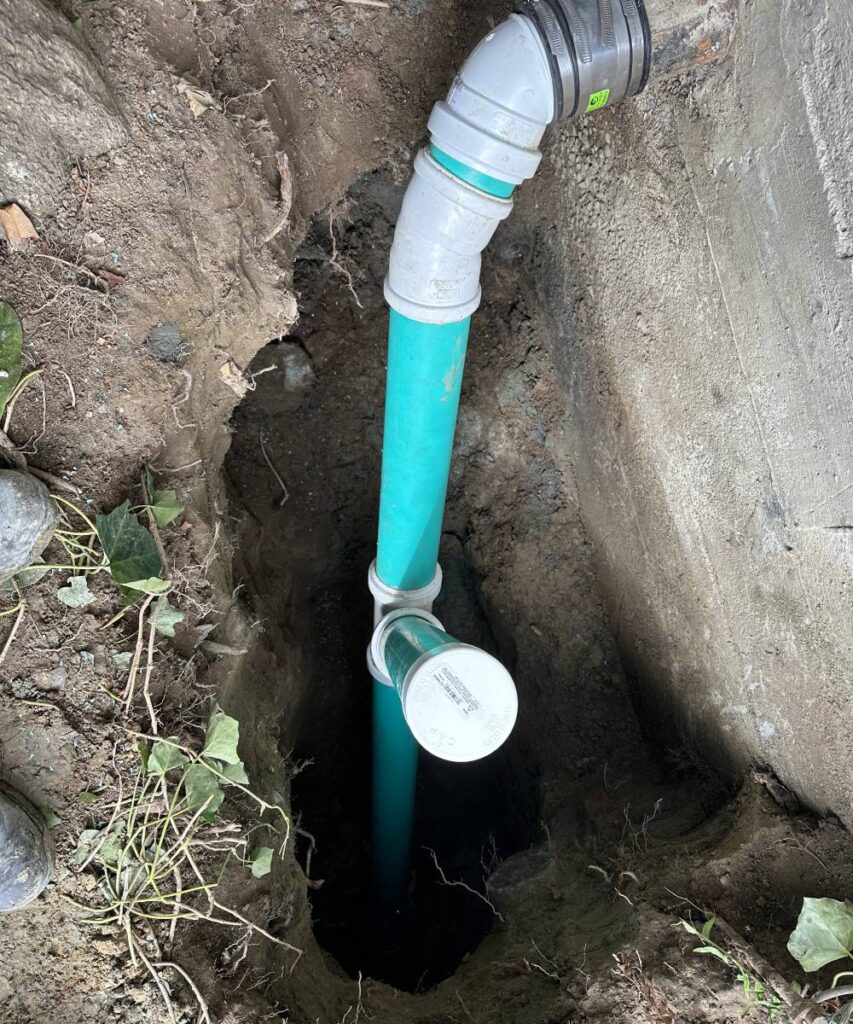
Key Strategies to Protect Your Sewer Lines
To safeguard your sewer lines from seismic activity, consider the following strategies. These measures can be implemented during new construction or as retrofits for existing systems.
Use Flexible Piping Materials
Traditional sewer lines made of rigid materials like clay or cast iron are prone to cracking during earthquakes. Modern materials, such as HDPE or PVC, offer greater flexibility and durability. These pipes can absorb ground movement without fracturing, making them ideal for earthquake plumbing.
Benefits of Flexible Piping:
- Resistant to cracking under pressure.
- Lightweight and easier to install.
- Long lifespan, reducing the need for frequent sewer repair.
Consult a professional plumber to assess whether your current sewer lines can be replaced with flexible materials.
Install Seismic Shut-Off Valves
Seismic shut-off valves automatically stop the flow of water or gas during an earthquake, preventing leaks and further damage to your sewer system. These valves are triggered by ground motion and are a critical component of earthquake plumbing.
How They Work:
- Sensors detect seismic activity.
- The valve closes to prevent water or gas from flowing through damaged pipes.
- Reduces the risk of sewage leaks or flooding.
Installing seismic shut-off valves is a cost-effective way to enhance the safety of your plumbing system.
Reinforce Pipe Joints
Pipe joints are often the weakest points in a sewer system. During an earthquake, these connections can separate, leading to leaks or blockages. Reinforcing joints with flexible couplings or seismic-rated connectors can significantly improve the resilience of your sewer lines.
Tips for Reinforcing Joints:
- Use stainless steel clamps for added strength.
- Opt for flexible couplings that allow slight movement without breaking.
- Work with a licensed plumber to ensure proper installation.
Regular Inspections and Maintenance
Routine inspections are essential for identifying vulnerabilities in your sewer system before an earthquake occurs. A professional plumber can use tools like video camera inspections to check for cracks, corrosion, or weak joints.
Maintenance Checklist:
- Inspect pipes for signs of wear or damage.
- Clear blockages to reduce pressure on the system.
- Ensure proper alignment and anchoring of pipes.
By addressing issues early, you can avoid extensive sewer repair after an earthquake.
The Role of Professional Sewer Repair in Earthquake-Prone Areas
When seismic activity damages your sewer lines, professional sewer repair services are essential to restore functionality and prevent further issues. Companies like KnightRooter specialize in diagnosing and repairing sewer line damage, particularly in earthquake-prone regions like Seattle, Bothell, and Everett.
Why Choose Professional Sewer Repair:
- Expert Diagnosis: Advanced tools like sewer cameras pinpoint damage accurately.
- Efficient Solutions: Professionals can recommend trenchless repair methods to minimize disruption.
- Long-Term Protection: Repairs are designed to withstand future seismic activity.
For residents needing sewer repair in Seattle, sewer line repair in Bothell, or sewer line repair in Everett, a trusted plumber can provide tailored solutions to protect your home.
Preparing Your Home for an Earthquake
In addition to upgrading your sewer lines, preparing your home for an earthquake involves broader measures to ensure safety and minimize damage. Here are some tips:
- Secure Heavy Objects: Anchor water heaters, appliances, and furniture to prevent them from falling and damaging pipes.
- Create an Emergency Plan: Ensure your family knows how to shut off water and gas lines manually if needed.
- Stock Emergency Supplies: Keep a supply of water, food, and first-aid materials in case of prolonged disruptions.
By combining these efforts with seismic-resistant sewer lines, you can protect your home and family from the impacts of seismic activity.
About KnightRooter: Your Trusted Plumbing Partner
When it comes to protecting your sewer lines from seismic activity, KnightRooter is your go-to plumbing expert in the Pacific Northwest. With years of experience in earthquake plumbing and sewer repair, KnightRooter offers comprehensive solutions tailored to the unique needs of homeowners in Seattle, Bothell, and Everett. Whether you need a sewer line inspection, retrofit, or emergency repair, our team uses state-of-the-art technology to deliver reliable results.
For professional sewer repair in Kirkland, sewer line repair in Edmonds, or sewer line repair in Lynnwood, contact KnightRooter today. Protect your home from the unpredictable forces of nature with our expert services.
FAQ
1. How do I know if my sewer lines are at risk during an earthquake?
Older sewer lines made of rigid materials like clay or cast iron are more vulnerable. A professional plumber can inspect your system to assess its condition and recommend upgrades.
2. What are seismic-resistant sewer lines?
Seismic-resistant sewer lines use flexible materials and reinforced joints to withstand ground movement during earthquakes, reducing the risk of damage.
3. How often should I inspect my sewer lines?
Annual inspections are recommended, especially in earthquake-prone areas. Regular maintenance can catch issues early and prevent costly repairs.
4. Can I retrofit my existing sewer lines for earthquake resistance?
Yes, retrofitting with flexible pipes, reinforced joints, and seismic shut-off valves can significantly improve your system’s resilience.
For professional and fast drain cleaning Bothell, drain cleaning Seattle, and drain cleaning Bellevue, contact KnightRooter. Our team is ready to provide the best solutions for your drain issues.

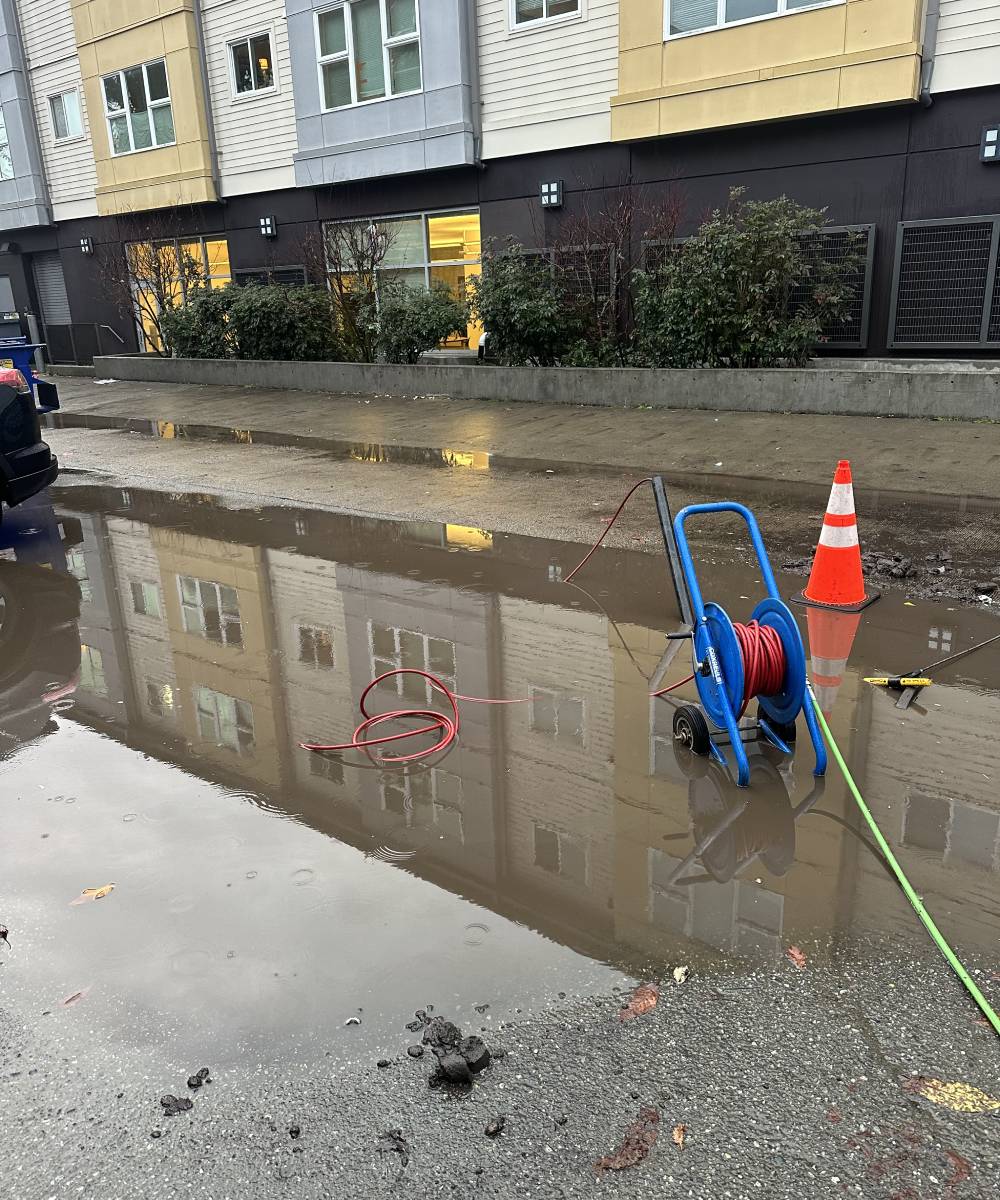
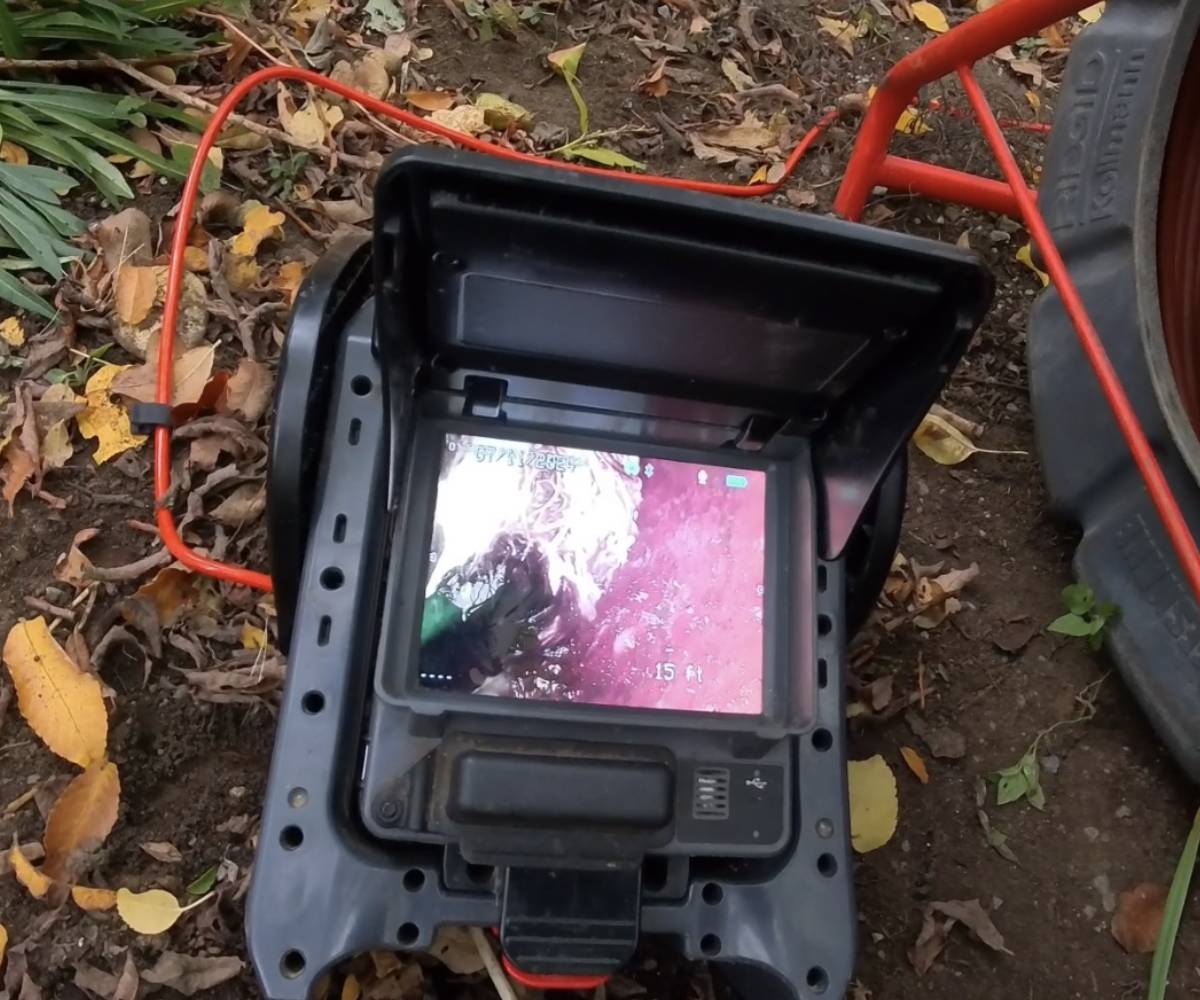
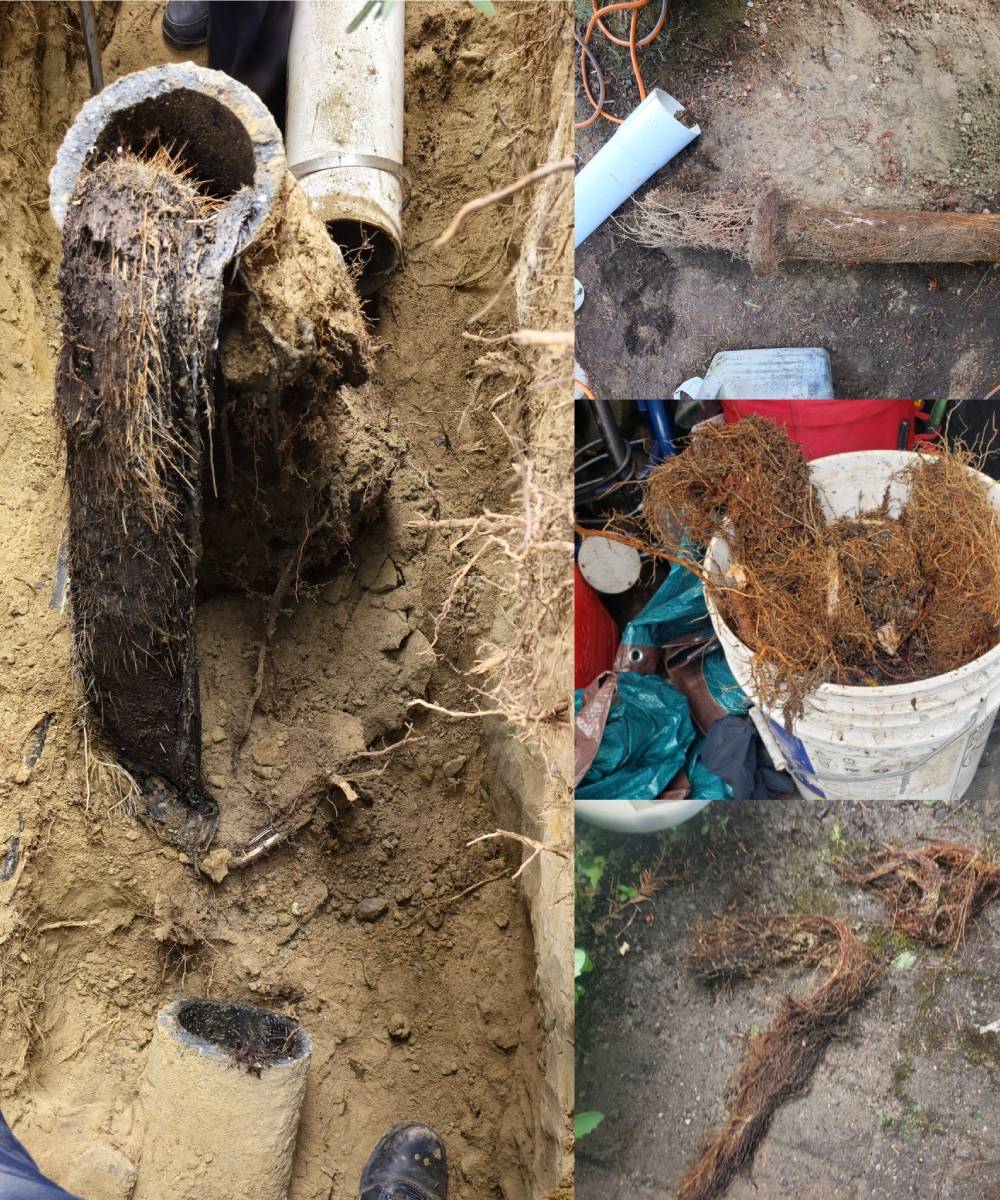
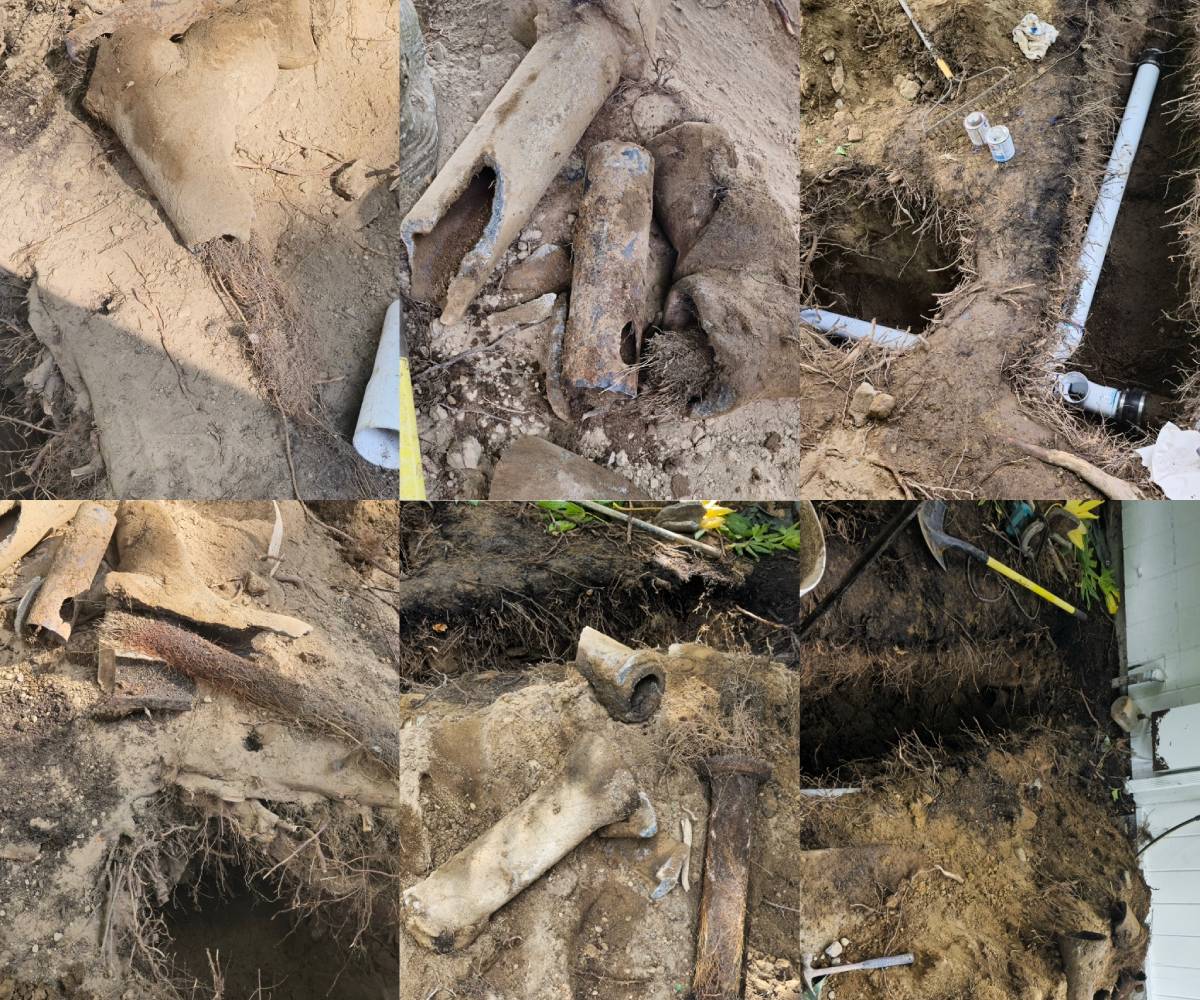
No comment yet, add your voice below!